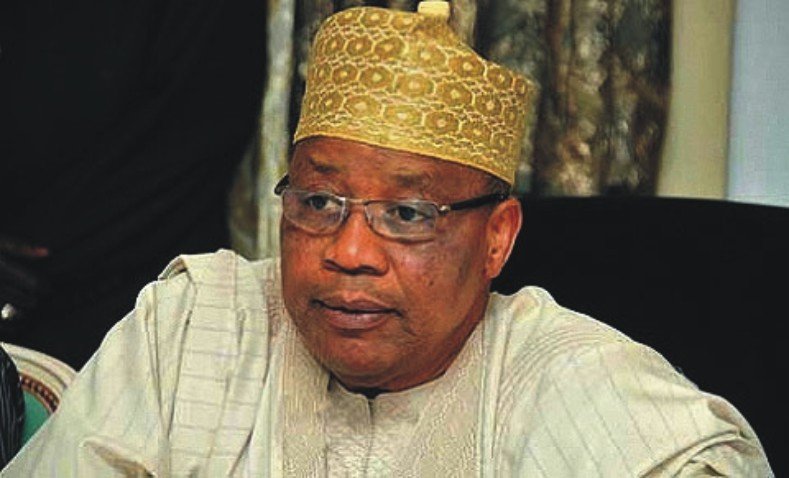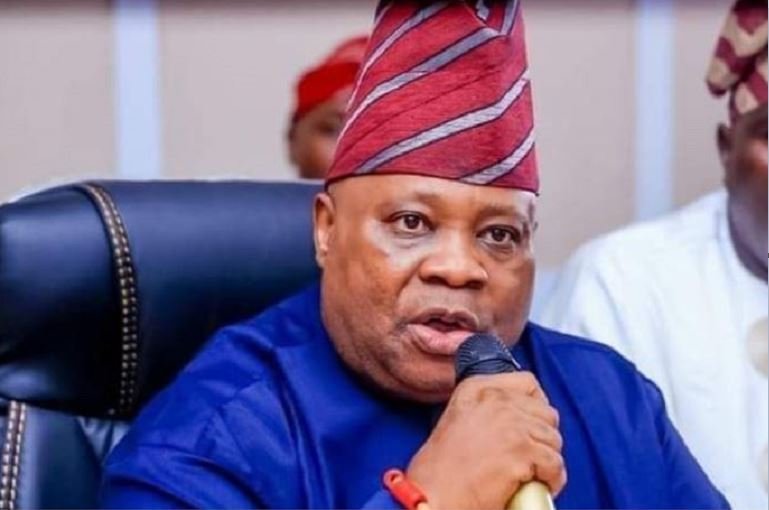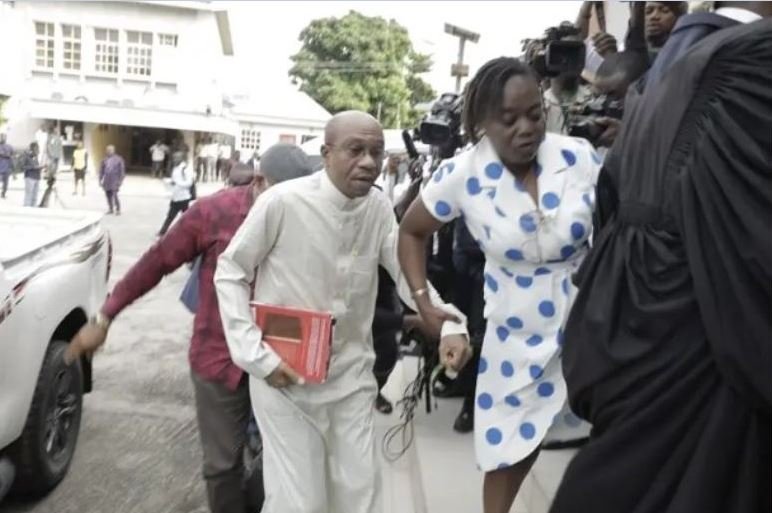The federal government may spend N2.36 trillion on power subsidies for low-income consumers by 2025, as part of efforts to introduce a cost-reflective tariff for electricity consumers.
This comes as the Nigerian Electricity Regulatory Commission released its Multi-Year Tariff Order on Sunday, revealing that the government spent N178.03 billion on electricity subsidies in January despite having little revenue.
This subsidy payout comes despite the budget’s inadequate allocations to offset rising electricity bills. The N178.03bn is a 10.1% decline, or N19.88bn, from the N197.91bn shouldered by the government on behalf of energy users last month.
The regulatory commission noted that the subsidy was computed based on a study of key tariff indices, which revealed that the weighted average cost-reflective price fell to N116.75 per kilowatt from N213.85 per kilowatt in December 2024.
NERC noted that the exchange rate was set at N1,556 to the dollar, inflation had risen to 34.60 percent, and changes in available generation capacity and costs prompted the modest adjustment.
On wholesale gas-to-power prices, “The review maintains the benchmark gas-to-power price of $2.42/MMBTU based on the established benchmark price of gas-to-power by the Nigerian Midstream and Downstream Petroleum Regulatory Authority.”
The commission maintained that the “approved tariffs shall remain in force subject to monthly adjustment of pass-through indices including inflation rate, NGN/dollar exchange rate, and gas-to-power prices.”
While the reduction in January subsidy costs appears to be a positive development, it raises the larger issue of Nigeria’s power sector’s financial sustainability.
As of today, the government continues to carry the majority of electricity subsidies, with intentions to phase them down through price adjustments that represent the true cost of power generation, transmission, and distribution.
The January 2025 subsidy breakdown illustrates differing subsidy costs among the country’s distribution firms.
Consumers of the Abuja Distribution Company benefited the most from the subsidy, receiving N28.38 billion. This was closely followed by Ikeja Disco, which received N27.2 billion. Customers of the Eko Distribution Company (Eko Disco) received a ₦22.88 billion subsidy.
Other regional Discos received considerable amounts as well, including N14.13 billion for the Kaduna Disco, N11.84 billion for the Jos Disco, and N15.38 billion for the Enugu Disco. The Benin Disco was granted N15.75 billion, while the Yobe Disco received N7.77 billion. Meanwhile, the Port Harcourt Disco earned N14.59 billion, while the Ibadan Disco was given a significant N24.03 billion.
Meanwhile, a document seen by our correspondent on Monday revealed that just N450 billion was cash-backed out of the incurred subsidy cost of N2.37 trillion in 2024, leaving an outstanding balance of N1.92 trillion.
“Total subsidy in 2024 stood at N2.37tn. Without the tariff review approved by Mr. President on April 24, the subsidy would have risen to N3.2tn, 11.64 percent of the 2024 total federal budget. Less than N450bn has been cash-backed from the N2.37tn tariff shortfall in 2024. Thus, N1.92tn is still outstanding.”
The government also announced a projected tariff shortfall of N2.36tn for 2025.
“At the currently allowed tariffs, the market faces a projected tariff shortfall of N2.36tn for 2025 with no anticipated funding for the 2025 tariff shortfall,” the document added.
The federal government has attempted to transition to a more market-driven power industry by implementing cost-reflective tariffs, which would allow electricity rates to better reflect the true cost of production and distribution.
At the recent two-day energy compact summit in Tanzania, the government revealed intentions to impose a $600 million annual electricity subsidy for all customers beginning in 2025 as part of efforts to restructure the power industry.
The subsidy, which is scheduled to endure until 2027, intends to close the difference between cost-reflective prices and regulated electricity rates, while the government works to eliminate the metering deficit and improve the financial viability of power distribution businesses.
The document offered to possible investors stated that the subsidy may take many forms, such as a fixed monthly subsidy per electricity consumer or a subsidy for the first 50 kilowatt-hours utilized each month.
This method aims to lessen the regressivity of earlier subsidies, which primarily benefited wealthier households.
The document mentioned that the federal government’s trajectory to full cost-reflectivity included a “$600m per year subsidy in 2025 to 2027 (while the metering gap is being closed), and then fully CRT except for a social tariff for vulnerable customers.”
By 2027, the government wants to create a social tariff to safeguard low-income and vulnerable customers once the broader cost-reflective structure is fully implemented.
However, the way to accomplish this aim is laden with difficulties, as the Nigerian electrical sector is still plagued by insufficient investment, infrastructure shortages, and political sensitivity to tariff hikes.
Many consumers are opposed to rising electricity rates, citing the already high cost of living and the unpredictable availability of power.
Electricity subsidies remain a sensitive subject, with players ranging from government officials to customers discussing the benefits of eliminating subsidies and gradually implementing cost-reflective pricing. Some say that eliminating the subsidy is a vital step toward the sector’s viability, while others warn about the social and economic consequences of such a strategy.
The immediate challenge is to manage the subsidy load, which continues to rise at an unsustainable pace. Consumers continue to oppose electricity tariff increases, claiming that they will not end power disruptions.
In a recent interview with The PUNCH, the President of the Nigeria Consumer Protection Network, Kunle Kola Olubiyo, highlighted that prices should not be increased unless there is improved power supply to all users, regardless of the band they belong to.
According to him, Nigeria’s electricity consumption has remained higher than its supply. He recounted how Nigeria celebrated 5,600 megawatts of power generation in 2013 but regretted that the success could not be sustained because it was an anomaly.
“So, what it means is that an increase in electricity tariffs alone is not a silver bullet solution to the challenges of the power sector,” he warned.











